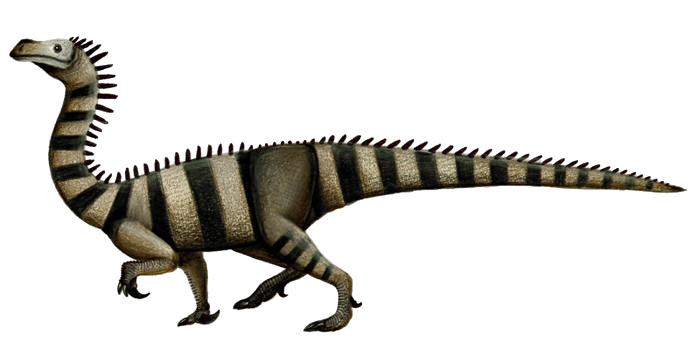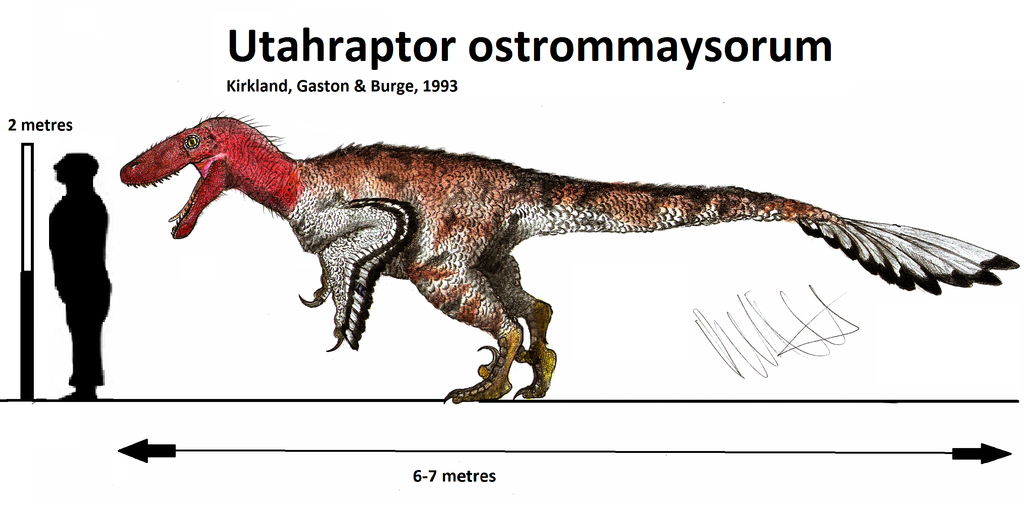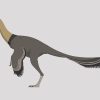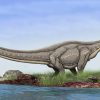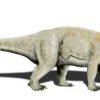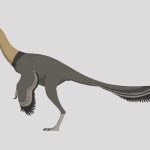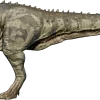Unaysaurus, a member of the Unaysaurid genus, represents an intriguing chapter in the evolutionary tapestry of sauropod dinosaurs. Contrary to common perceptions of sauropods as towering giants, Unaysaurus was a relatively diminutive species, measuring only 70 to 80 centimeters in height and approximately 8 feet in length. This places it in stark contrast to the colossal proportions often associated with sauropods, making it smaller than the average human.
Inhabiting the Late Triassic period around 225 million years ago, Unaysaurus called what is now Brazil its home. Despite its modest size, Unaysaurus played a crucial role in its ecosystem as a herbivore. Its diet likely consisted of the vegetation available in the Triassic landscapes of Brazil, contributing to the complex web of interactions between flora and fauna during that era.
One notable feature of Unaysaurus was its armored body, a characteristic shared with some other dinosaurs. This armor may have served as a form of protection against potential predators or as a mechanism for regulating body temperature. Additionally, its defensive capabilities extended beyond passive armor. Similar to the modern-day cassowary or ostrich, Unaysaurus possessed a formidable weapon in the form of a charging leg. This adaptation, capable of delivering a potentially lethal blow in a single strike, highlights the evolutionary ingenuity that allowed Unaysaurus to thrive in its environment.
The evolutionary link between Unaysaurus and the well-known Plateosaurus is a subject of scientific interest. It is speculated that the Plateosaurus, a larger dinosaur belonging to the same family, may have evolved from ancestors like Unaysaurus. Understanding these evolutionary relationships provides valuable insights into the development and diversification of sauropod dinosaurs during the Late Triassic.
Unaysaurus’s existence offers a window into the fascinating world of ancient ecosystems, providing paleontologists with clues about the diversity of life during the Late Triassic in what is now Brazil. While it may not have been a towering giant like some of its sauropod relatives, Unaysaurus played a unique role in the ecological theater of its time. As paleontologists continue to unearth fossils and refine their understanding of these ancient creatures, Unaysaurus remains a captivating chapter in the ongoing saga of dinosaur discovery and research.


